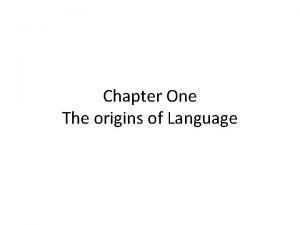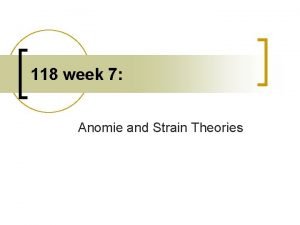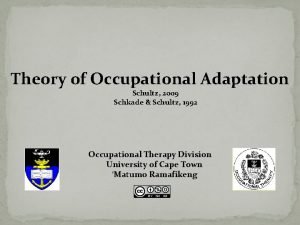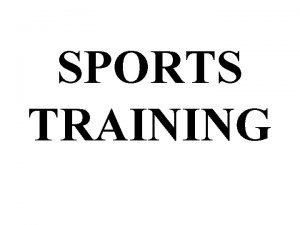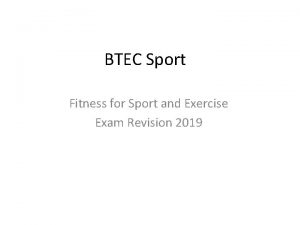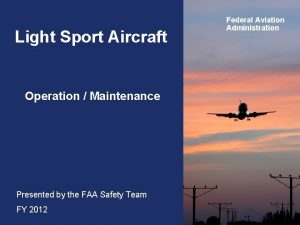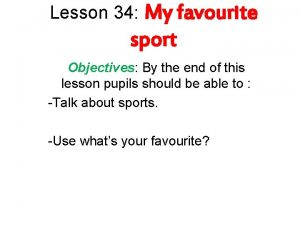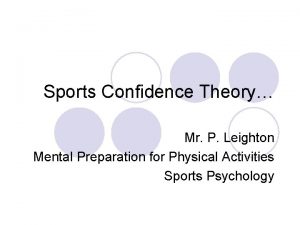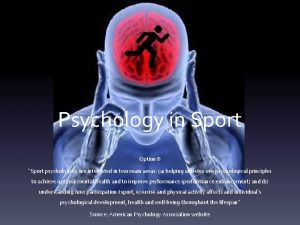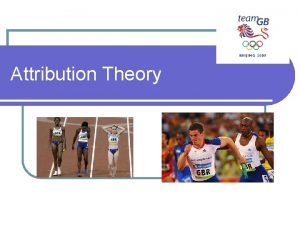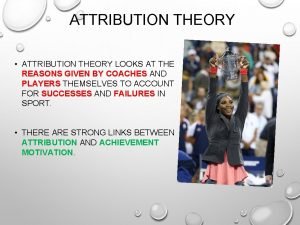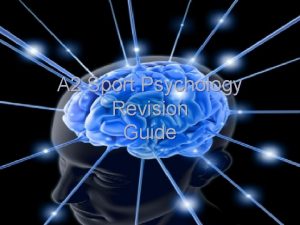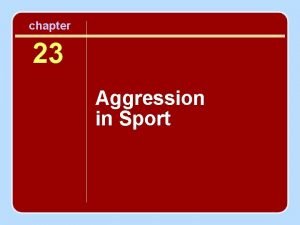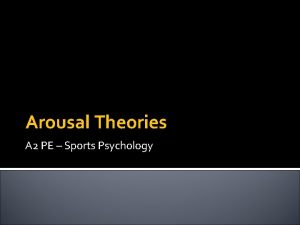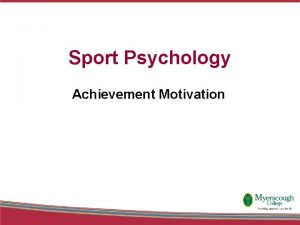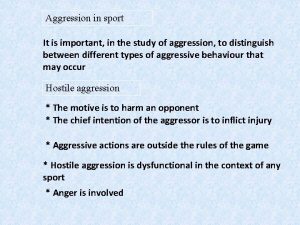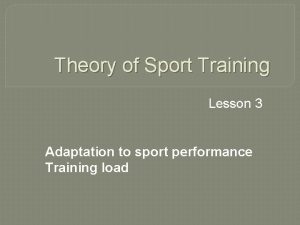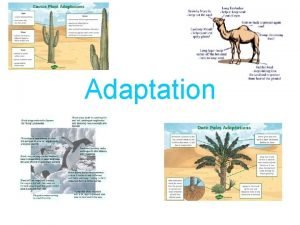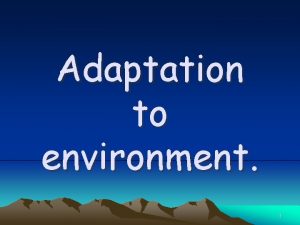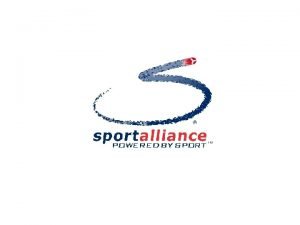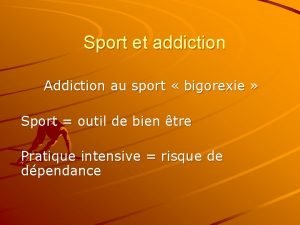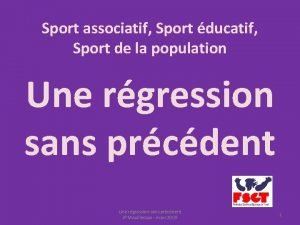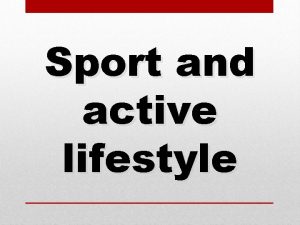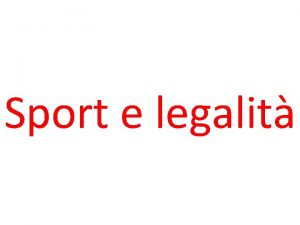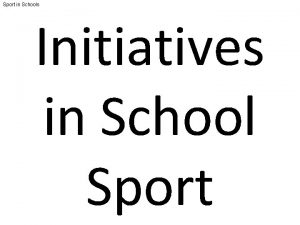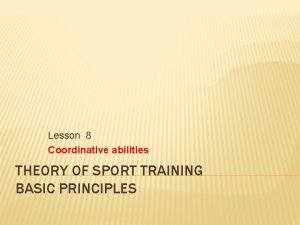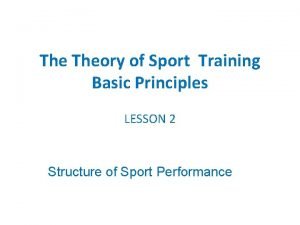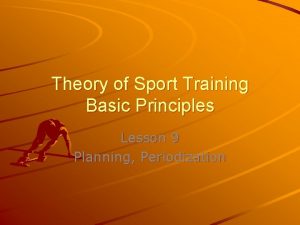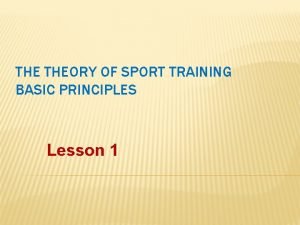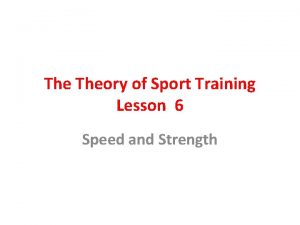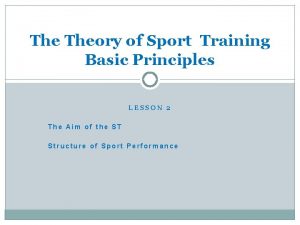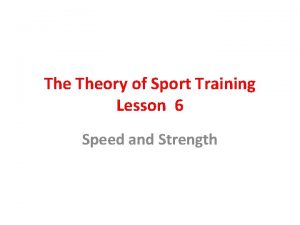Theory of Sport Training Lesson 3 Adaptation to


















- Slides: 18

Theory of Sport Training Lesson 3 Adaptation to sport performance Training load

Adaptation Natural Intentional Desadaptation Maladaptation

Bio - social adaptation Morpho – function adaptation Motion adaptation (Motor learning) Psycho –social adaptation

Adaptation Basic cause of change – stimulus Homeostasis General adaptation syndrom Supercompensation

Adaptation Organ, function increase Muscle mass + Count of ATP, CP, glycogen + Myoglobin + Density of capillaries + Hearth mass and capacity + decrease Max. hearth volume per minute + Rest hearth rate + Max. oxygen consumption + Rest respiratory volume + Breath frequency during rest +

Supercompensation

The stages of adaptation along the Neumann First stage - after 7 -10 days of training – management and correction of complete movements The second stage - after 10 -20 days of regularly training occur to increasing of energy store The third - after 20 -30 days - optimization of partial movement activity management (neural-muscle activity) The fourth – after 30 -40 days- synchronization and improvement of coordination of all involved component, start of the of cells and body organ function restructure and the body get to the higher level of rebuilding, higher level of fitness, performance.

LOAD and RECOVERY

Training load Type of movement, exercise Intensity of load Volume of load Frequency of load

Type of movement or exercises (trainings means) Race exercises, content and structure of movement are the same as during competition Specific exercises, content and structure of movement are on the high level of unity with the movement during competition General or universal means, every others exercises with low or no concordance with competition movement

Volume of training load The volume is characterized with the help of all exercises stimulus’s sum and introduces quantitative part of trainings load. General parameters as the number of training days, trainings units, number of race, time of regeneration Specific parameters as the time of load, number of jumps, throws, repetitions of exercises etc.

Intensity of training load Intensity of load is the stimulus of power, which is the exercise realized with, or the rate of effort (stress) Qualitative variable

Simple criterions of intensity Various strength effort and various weight of load Various speed (run) and frequency of movement (strength-endurance training etc. ) The level of HR or LA accumulation

Zone of training intensity

Zone of training intensity Zone 1 – sphere of AT, low intensity, LA 2 – 3 mmol, VO 2 max 50 -75 % HRmax 60 (50) – 80 % Development or maintaining of basic condition, endurance Zone 2 – sphere of ANT, moderate to submax. Intensity, LA 3 – 8 mmol, VO 2 max 75 – 85(90)%, HRmax 80 – 95 %, Development of specific long time endurance, strength, development of aerobic power (VO 2 max),

Zone of training intensity Zone 3 – stimulation of maximal oxygen consumption, accumulation of LA, VO 2 max 85 – VO 2 peak, HRmax 90(95) – 100% specific performance Zone 4 – speed, explosiveness LA – depends of time , Intensity over 100%

Frequency of training stimuli Depends on: years training period performance level years of systematic, regularly training age sex aim of the training process

RECOVERY Approximate time for recovery after various type of load: After hard training of maximal strength. . 48 -72 h After hard and long aerobic training. . …… 48 h After easy aerobic training. . . 24 h After hard anaerobic – endurance training. 48 h After easy anaerobic – endurance training. 24 h After demanding speed training. . . . 24 h After easy speed training ………. . . . 12 h
 Adaptation in piaget theory
Adaptation in piaget theory The physical adaptation source theory
The physical adaptation source theory Five adaptations of strain theory
Five adaptations of strain theory Occupational adaptation model
Occupational adaptation model Sports training meaning
Sports training meaning Training zones btec sport
Training zones btec sport Light sport repairman training providers
Light sport repairman training providers Ppt on my favourite sport football
Ppt on my favourite sport football Vealey sport confidence model
Vealey sport confidence model What is the attribution theory in sport
What is the attribution theory in sport Bbc.co.uks/port
Bbc.co.uks/port Attribution theory- stability example
Attribution theory- stability example What is the attribution theory in sport
What is the attribution theory in sport Type a and type b personality theory
Type a and type b personality theory Types of aggression in sports
Types of aggression in sports Catastrophe theory sports psychology
Catastrophe theory sports psychology Naf definition in sport
Naf definition in sport Frustration aggression theory in sport
Frustration aggression theory in sport Training is expensive without training it is more expensive
Training is expensive without training it is more expensive

